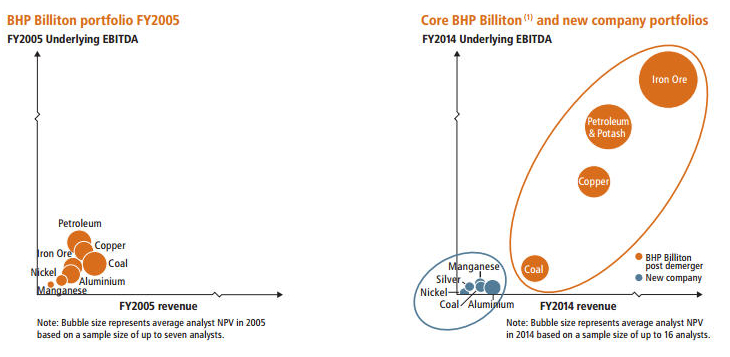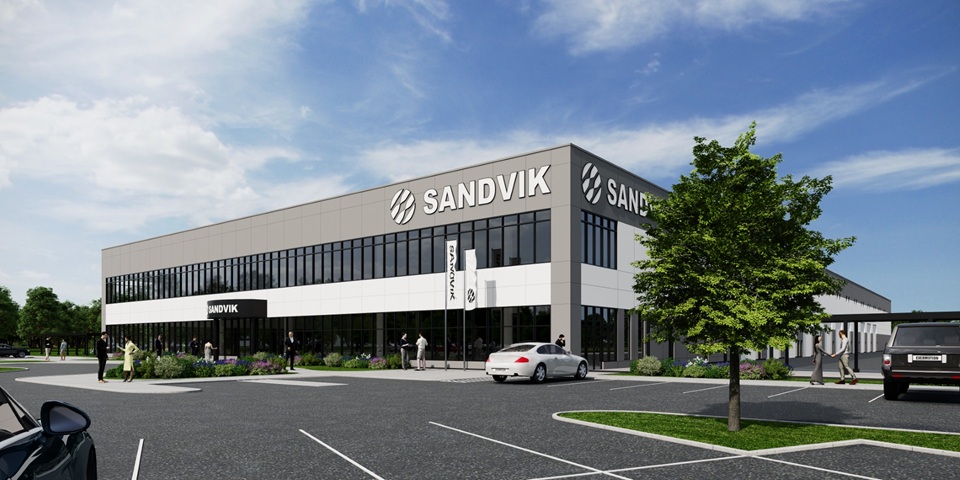BHP closer to unveiling details of upcoming spin-off
After 13 years as a combined entity, BHP Billiton (ASX, NYSE:BHP) (LON:BLT) is only two weeks away from revealing in detail how it plans to undo one of the financial world’s largest ever mergers.
The Melbourne-based mining giant, set to provide a markets briefing on November 24, is also expected to explain the depth of cuts to annual capital expenditure plans to below an already re-adjusted US$14 billion.
So far BHP has said little about the as-yet-unnamed new company (“NewCo”). Chief executive Andrew Mackenzie did give some clues last month:
- We know the new $15bn to $20bn firm will be based in Perth, Australia.
- We have also heard it will be listed on the Australian Securities Exchange with secondary listings in London and Johannesburg.
- And we know the line-up includes the company’s metallurgical coal business in Illawarra, the Cannington lead-silver mine in Queensland, as well as energy, coal and aluminum assets in South Africa. It will also bring in bauxite, manganese and alumina operations in Australia as well as the Cerro Matoso nickel asset in Colombia.
But that is about it. Mackenzie has been more open when it comes to annual capital expenditure. Two weeks ago, he hinted that the slimmed down BHP was unlikely to spend up to the ceiling, but did not specify how much under would be spent.
“It will be less than $14bn. By how much, I do not know yet. We will wait and see,” he said.

This chart from BHP’s 2014 annual report shows just how much the company’s structure has changed since 2005, with iron ore, and oil and gas playing a dominant role and potash set to become a significant contributor in the future. (Click on it to enlarge)
Since the BHP–Billiton tie up in 2001 the contribution that most Billiton assets brought to the group earnings has sunk from almost 30% at the time of the fusion to about 10% today.
“Merging with Billiton has not been a bad deal. It just happens that some of the assets they bought are now those that they do not view as having potential for the next two to three decades,” RBC Capital Markets analyst Tim Huff, said in June.
The world’s No.1 mining company has a history of spinning off non-core assets. In 2002, it demerged its steel business, which subsequently became BlueScope Steel.
{{ commodity.name }}
{{ post.title }}
{{ post.date }}





Comments